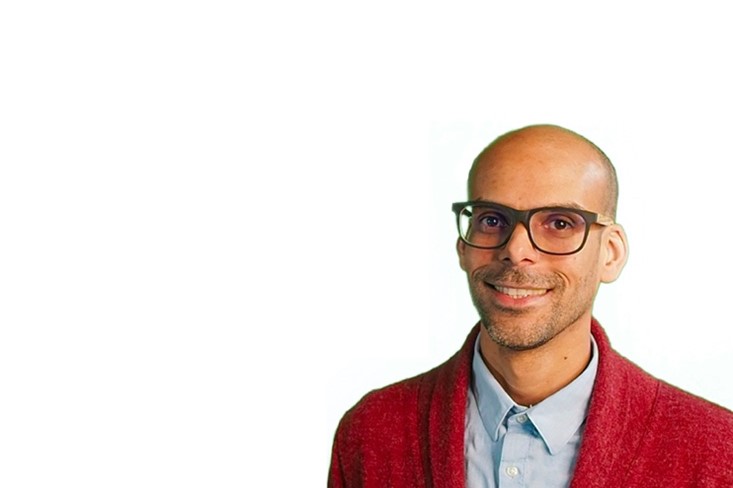Dr. Shen J. Dillon
University of California, Irvine
Seminar Information
EBU2, Room 479
IN PERSON ONLY

Polycrystals exhibit high temperature interface mediated strain in response to externally applied stress during processes such as creep, superplasticity, or hot-press sintering, or an internal stress such as stress relaxation at interfaces during thermal cycling, oxide scale growth, or densification during sintering. These processes strongly influence both materials processing and performance in extreme environments. Such problems have almost universally been analyzed and treated in the context of purely diffusional models. The diffusional flux, however, is one of only three necessary steps or conditions required for diffusional dependent interfacial strain, the other two include interfacial dislocation nucleation and the emission and absorption of point defects at the interfacial dislocations. The prevalence of diffusional rate limited models results from somewhat unsubstantiated assumptions within the early literature along with the non-uniqueness of the various rate limiting kinetic models, i.e., the disparate models have non-unique solutions in many cases.
Our group developed a laser heating-based approach for ultrahigh temperature in situ transmission electron microscopy (TEM) during small-scale mechanical testing. This approach enables more direct characterization of interfacial strain kinetics and thermodynamics at individual grain boundaries, which provides an improved basis for evaluating the high temperature deformation mechanisms. This talk will present experiments that reveal grain boundary dislocation nucleation limits interfacial strain kinetics in many systems up to relatively large stresses, i.e., ≈108 Pa. Based on the experimental observations, new models for sintering and grain boundary mediated creep are developed to account for the appropriate mechanism. These are demonstrated to fit experimental data well, predict broad trends in the literature, and provide explanations for several poorly understood phenomena within the sintering and creep literature. The talk will conclude by discussing broader implications of this new paradigm for understanding interfacial strain kinetics.
Shen J. Dillon is a Professor in the Department of Materials Science and Engineering at the University of California Irvine. He received his B.S. and then Ph.D in Materials Science and Engineering from Lehigh University in 2007. He began as an Assistant Professor at the University of Illinois at Urbana-Champaign in 2009 and joined the faculty at UC Irvine in 2021. His scientific interests relate to understanding the key role played by inorganic interfacial structure-property relationships in affecting the performance of systems in extreme environments. Much of his recent work relates to developing and applying novel in situ characterization techniques that can be applied to understanding the dynamic properties of materials and their interfaces. He is the author of over 100 articles. He was a recipient of the 2011 Department of Energy Early Career Award, the 2013 National Science Foundation CAREER Award, the 2015 American Ceramic Society’s Robert L. Coble Award for Young Scholars and is a Fellow of the American Ceramic Society.
